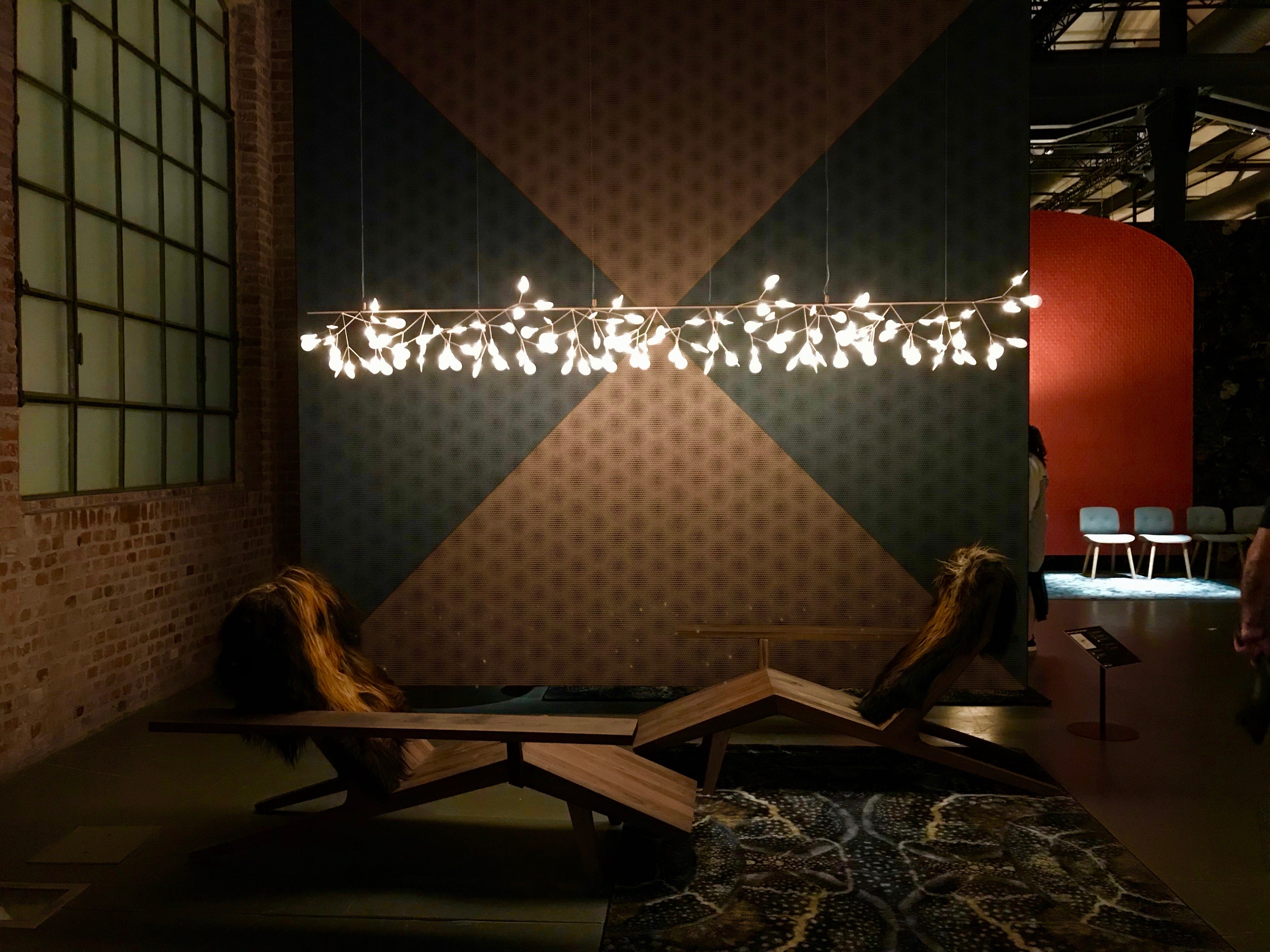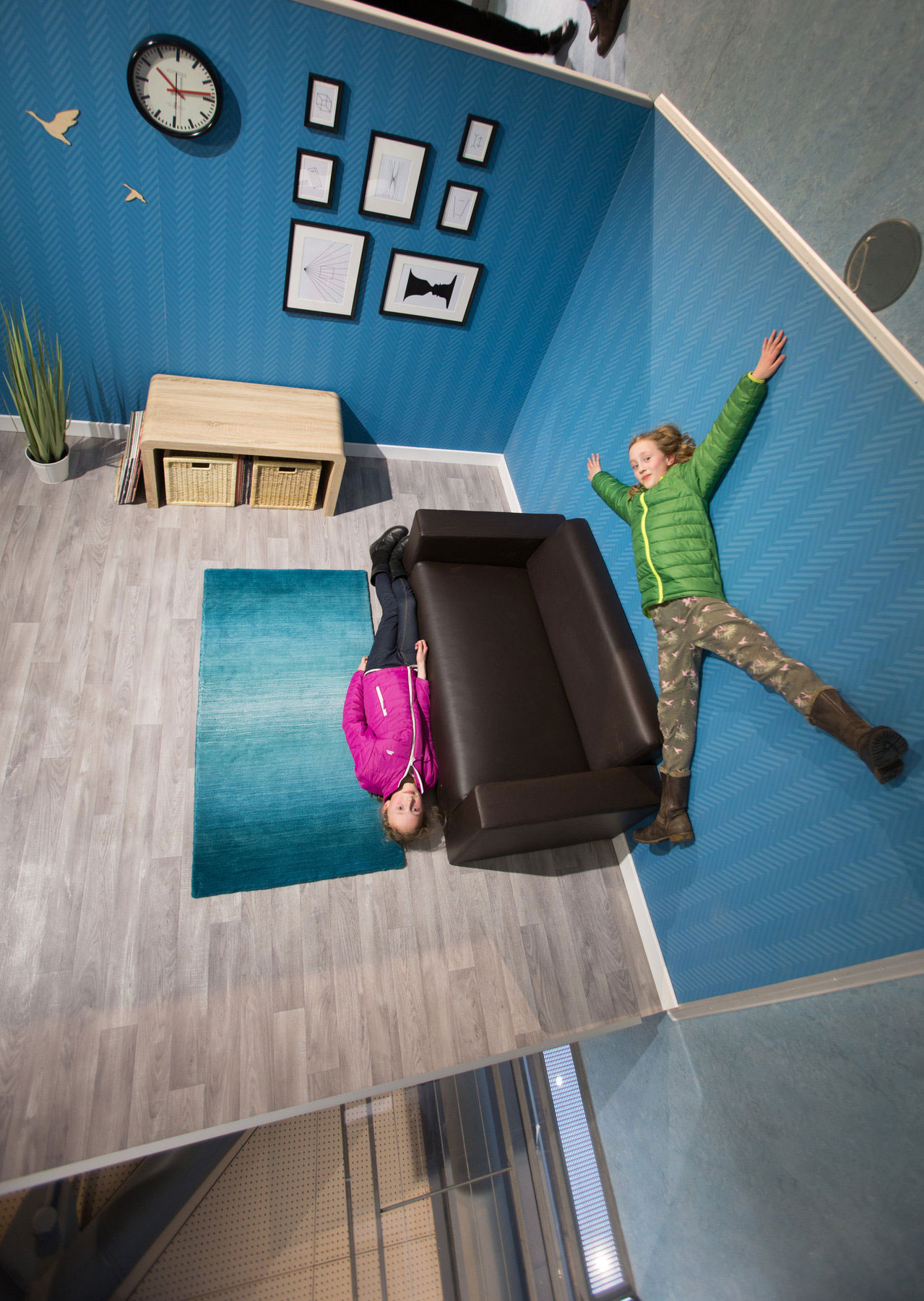
The Illusionary Home: Playing With Perception In Interior Spaces
When it comes to designing interior spaces, there is often more than meets the eye. The way we perceive our surroundings can greatly influence our experience and emotions within a space. Designers have long understood the power of manipulating perception to create illusions and evoke specific feelings. In this article, we will explore the concept of the illusionary home and how designers play with perception to transform interior spaces.
1. The Power of Visual Illusions

Visual illusions have been used in various art forms throughout history, and interior design is no exception. By strategically employing visual tricks, designers can create the illusion of more space, height, depth, or even camouflage certain features. One common technique is the use of mirrors to make a room appear larger. Placing mirrors on walls opposite windows can reflect natural light and give the impression of a more open space.
Another powerful tool is the use of color. Lighter colors tend to make a space feel more spacious, while darker colors can create a sense of intimacy and coziness. By combining colors strategically, designers can manipulate the perceived size and atmosphere of a room.
- Use mirrors to create the illusion of more space
- Experiment with color to influence the perceived size and atmosphere of a room
- Strategically place furniture to maximize space and create flow
2. Playing with Scale and Proportion

Scale and proportion are fundamental principles of design, and designers often play with these elements to create illusions in interior spaces. By intentionally exaggerating or minimizing the size of certain elements, designers can make a room feel larger or smaller than it actually is.
One example is the use of oversized furniture in small spaces. By choosing larger pieces, designers can create a sense of grandeur and make the space feel more substantial. On the other hand, using smaller furniture in a large room can make it appear more spacious.
Proportion is also crucial in creating well-balanced and visually appealing spaces. Designers carefully consider the relationship between different elements, such as the height of ceilings in relation to the size of windows or the placement of furniture in relation to architectural features.
- Use oversized furniture to create a sense of grandeur in small spaces
- Choose smaller furniture to make large rooms appear more spacious
- Consider the proportion of elements within a space for a visually balanced design
3. Optical Illusions and Perception

Optical illusions can be powerful tools in interior design, as they challenge our perception and create a sense of intrigue. By incorporating optical illusions into a space, designers can create unique and memorable experiences for the occupants.
One popular optical illusion is the Ames room, which creates an illusion of distorted perspective. This technique can be used to make a space appear much larger or smaller than it actually is. Another example is the use of trompe-l'oeil, a technique that creates realistic-looking three-dimensional images on two-dimensional surfaces. This can be used to create the illusion of architectural features or even entire scenes.
- Incorporate optical illusions to create unique and memorable experiences
- Utilize the Ames room technique to distort perspective and alter the perceived size of a space
- Experiment with trompe-l'oeil to create realistic-looking architectural features or scenes
4. The Role of Lighting in Perception

Lighting plays a crucial role in how we perceive and experience interior spaces. By manipulating light, designers can create different moods, highlight specific features, and even alter the perceived size of a room.
One technique is the use of accent lighting to draw attention to specific areas or objects. By directing light towards a focal point, designers can create a sense of depth and emphasize certain elements. Additionally, the color temperature of light can also influence the perceived atmosphere of a space. Warm light can create a cozy and intimate ambiance, while cool light can make a space feel more energetic and vibrant.
- Utilize accent lighting to draw attention to specific areas or objects
- Consider the color temperature of light to influence the perceived atmosphere of a space
- Experiment with different lighting techniques to create desired moods and effects
5. Creating a Sense of Continuity and Flow

Creating a sense of continuity and flow is essential in interior design, as it allows spaces to feel cohesive and harmonious. By manipulating perception, designers can guide occupants through a space and create a sense of movement and connection.
One technique is the use of sightlines, which refers to the visual connection between different areas within a space. By strategically placing objects or architectural elements, designers can create a clear line of sight and encourage exploration. Additionally, the use of materials and textures can also influence the perceived flow of a space. Smooth surfaces tend to create a sense of continuity, while contrasting textures can create visual interest and separation between different areas.
- Guide occupants through a space using sightlines and strategic placement of objects
- Use materials and textures to create a sense of continuity or separation between different areas
- Consider the overall flow and movement within a space for a cohesive design
Summary
The illusionary home is a concept that explores the manipulation of perception in interior spaces. By strategically employing visual tricks, designers can create illusions of space, height, depth, and more. Playing with scale and proportion, incorporating optical illusions, utilizing lighting techniques, and creating a sense of continuity and flow are all powerful tools in the designer's arsenal. By understanding the principles of perception and leveraging them in their designs, designers can transform interior spaces and evoke specific emotions and experiences in the occupants.